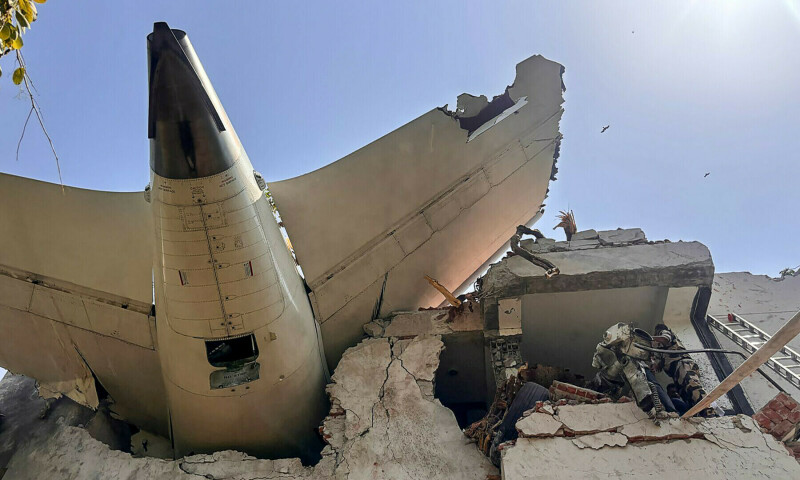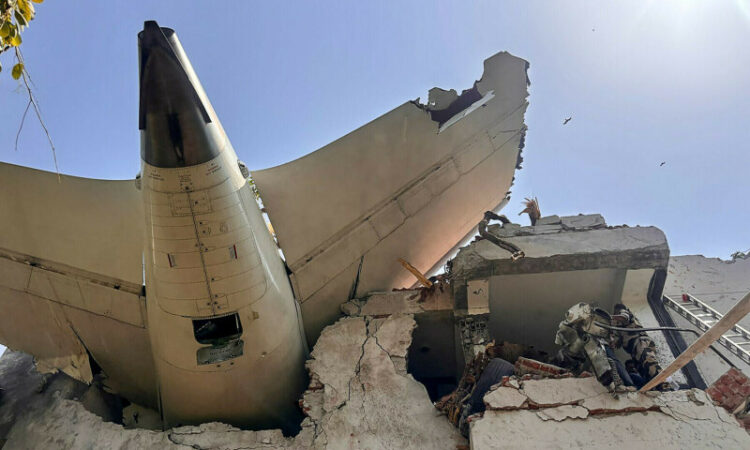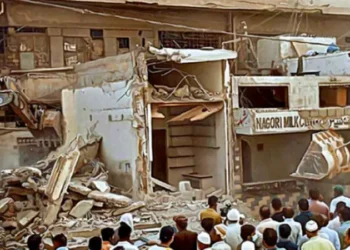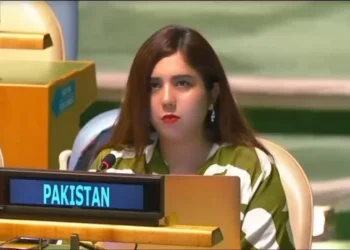ISLAMABAD (Web-Desk) The recent crash of an Air India Boeing 787 Dreamliner near Ahmedabad, which tragically claimed 260 lives, has triggered fierce criticism of India’s aviation safety standards and regulatory oversight.
This disaster — now cited as the deadliest air crash worldwide in the last ten years — starkly contrasts with the Modi government’s ambitious vision of positioning India as a premier global aviation hub.
Investigations into the crash have unearthed deeply troubling findings. According to a preliminary report by India’s Aircraft Accident Investigation Bureau (AAIB), the aircraft’s fuel cut-off switches for both engines were discovered in the “cut-off” position shortly after takeoff — an inexplicable occurrence under normal circumstances.
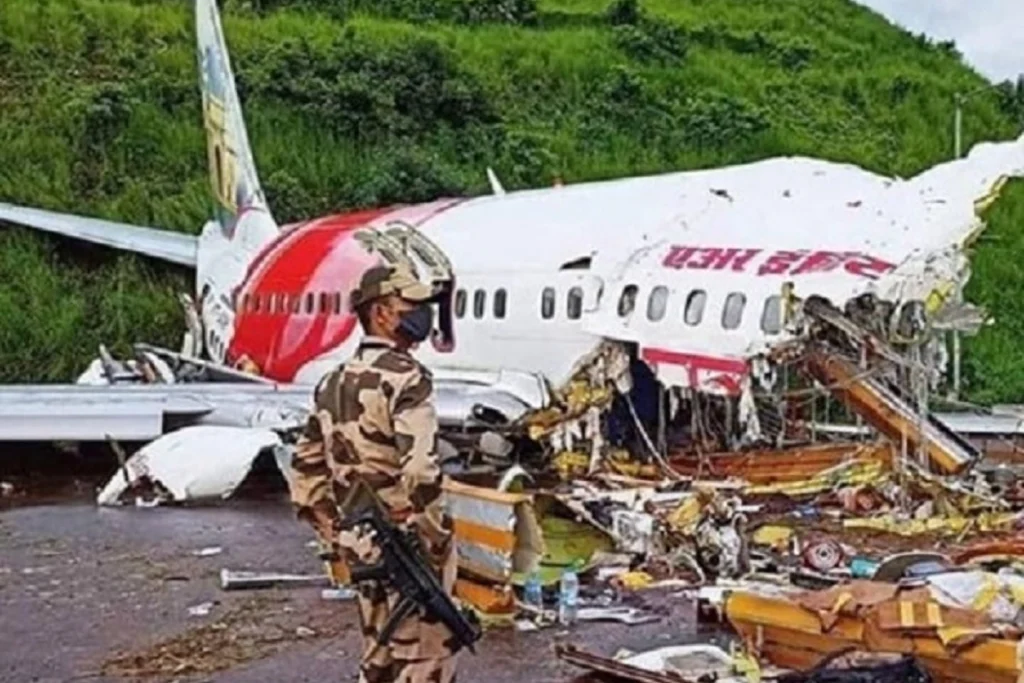
These switches are designed to stop fuel flow to the engines and are typically engaged only during landing shutdown procedures or in emergencies. However, the AAIB report does not indicate any emergency that would justify such an action.
Adding to the mystery, aviation experts have stressed that fuel cut-off switches cannot close automatically, implying manual intervention. The cockpit voice recorder further revealed a chilling exchange: one pilot queried the other on why he had “done the cut-off,” only for the co-pilot to deny any involvement. This puzzling dialogue has raised alarming questions about cockpit operations and procedural lapses.
The catastrophe has also reignited debates over the broader state of India’s aviation sector. Just months earlier, a March 2024 report by the Parliamentary Standing Committee had already flagged grave concerns about the Directorate General of Civil Aviation (DGCA), India’s primary aviation watchdog.
The report highlighted a staggering 53% vacancy rate in the agency, severely undermining its ability to enforce safety protocols, conduct rigorous inspections, and maintain oversight over airline operations. Critics argue that chronic understaffing leaves room for oversight failures and complacency, potentially jeopardizing passenger safety.
Compounding the issue, analysts have also pointed to systemic problems such as aging aircraft fleets, deferred maintenance schedules, and pilot fatigue — all symptoms of an overburdened industry racing to keep pace with India’s booming air travel demand.
Reacting to the preliminary findings, India’s Aviation Minister Kinjarapu Ram Mohan Naidu urged restraint, cautioning against drawing premature conclusions until the final investigation report is available. “We care about the welfare of the pilots, no conclusions should be reached until the final report is released,” he stated.
Nonetheless, the tragedy has amplified calls for a thorough overhaul of India’s aviation safety regime. With the government pushing aggressive expansion of its aviation sector to accommodate soaring passenger numbers and lure international carriers, experts warn that safety fundamentals cannot be compromised. As scrutiny deepens, the Ahmedabad crash serves as a stark reminder of the potentially catastrophic consequences of regulatory gaps and operational lapses in an industry where margins for error are vanishingly small.
